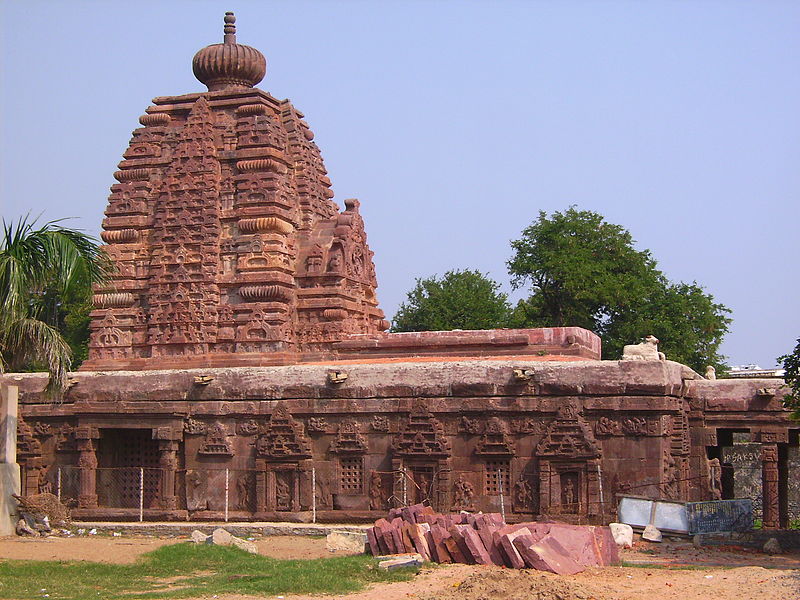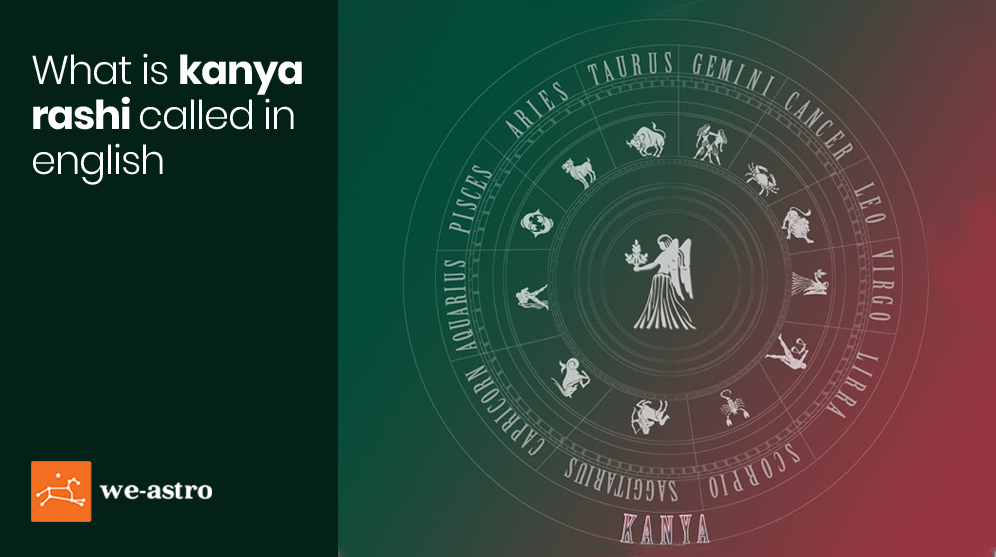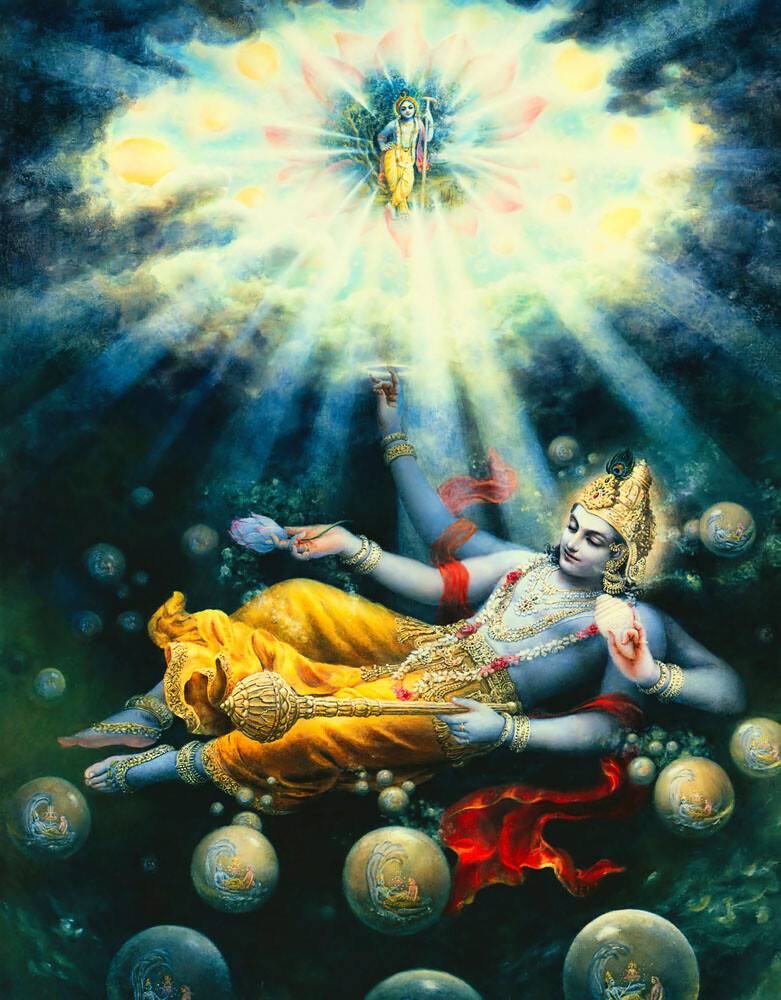Unveiling the Sacred: Decoding Enigmatic Hindu Symbolism to Transform Your Life
Discover the profound meanings behind Hindu symbolism, delving into sacred icons, deities, and rituals that embody the essence of Hinduism.

Hinduism, one of the oldest religious traditions in the world, is rich in symbolism and deeply rooted in ancient wisdom. The vast array of symbols represents complex ideas, beliefs, and rituals, all of which hold deep significance for the followers of this faith. In this blog post, we will explore some of the most prominent symbols of Hinduism and the profound meanings they carry.
The Om symbol is considered the most sacred and powerful symbol in Hinduism. Om is believed to be the primordial sound that resonates through the universe, symbolizing the essence of the ultimate reality. It is chanted during prayers, meditation, and various religious ceremonies, reminding Hindus of the interconnectedness of all creation and the ultimate goal of spiritual enlightenment.
The Swastika is another ancient symbol that has been used in Hinduism for thousands of years. Contrary to its negative associations with the Nazi regime, the Swastika in Hindu tradition represents happiness, prosperity, and good fortune. The four arms of the Swastika signify the four aspects of human life: Dharma (righteousness), Artha (material wealth), Kama (desire), and Moksha (liberation). The continuous movement of the arms embodies the eternal cycle of life, death, and rebirth, reminding Hindus of the transient nature of the material world and the importance of spiritual growth.
Hindu deities are often portrayed with multiple arms and heads, symbolizing the vastness of divine power and the many aspects of the universe. For instance, the goddess Durga, a fierce warrior and protector, is depicted with eight or ten arms, each wielding a different weapon, representing her ability to protect her devotees from various forms of evil and suffering. The elephant-headed god Ganesha, widely revered as the remover of obstacles, exemplifies wisdom, prosperity, and good fortune. His large elephant head symbolizes intelligence and discernment, while his small eyes represent concentration and focus.
Hindu temples and homes are adorned with intricate designs and symbols that convey abstract spiritual ideas and invoke a sense of devotion and reverence. The lotus flower, for example, is a symbol of purity and spiritual awakening, as it rises above the muddy waters, untouched and unblemished. Similarly, the conch shell, often used as a musical instrument during religious ceremonies, represents the divine sound that pervades the cosmos and awakens the soul to the presence of the divine.
In conclusion, Hindu symbolism is a rich and diverse tapestry of ideas, beliefs, and teachings that have evolved over thousands of years. By understanding and contemplating these symbols, one can gain insight into the profound wisdom of Hinduism and draw closer to the ultimate truth that lies at the heart of this ancient faith.




